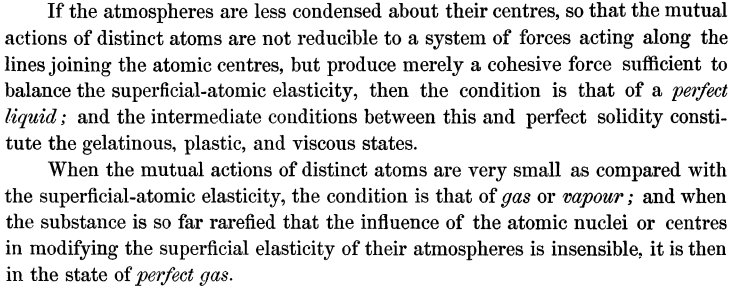From Witty in chat:
The New Math of How Large-Scale Order Emerges
The puzzle of emergence asks how regularities emerge on macro scales out of uncountable constituent parts. A new framework has researchers hopeful that a solution is near.
By Philip Ball
Contributing Writer
June 10, 2024
A few centuries ago, the swirling polychromatic chaos of Jupiter’s atmosphere spawned the immense vortex that we call the Great Red Spot.
From the frantic firing of billions of neurons in your brain comes your unique and coherent experience of reading these words.
As pedestrians each try to weave their path on a crowded sidewalk, they begin to follow one another, forming streams that no one ordained or consciously chose.
The world is full of such emergent phenomena: large-scale patterns and organization arising from innumerable interactions between component parts. And yet there is no agreed scientific theory to explain emergence. Loosely, the behavior of a complex system might be considered emergent if it can’t be predicted from the properties of the parts alone. But when will such large-scale structures and patterns arise, and what’s the criterion for when a phenomenon is emergent and when it isn’t? Confusion has reigned. “It’s just a muddle,” said Jim Crutchfield, a physicist at the University of California, Davis.
Read more:
